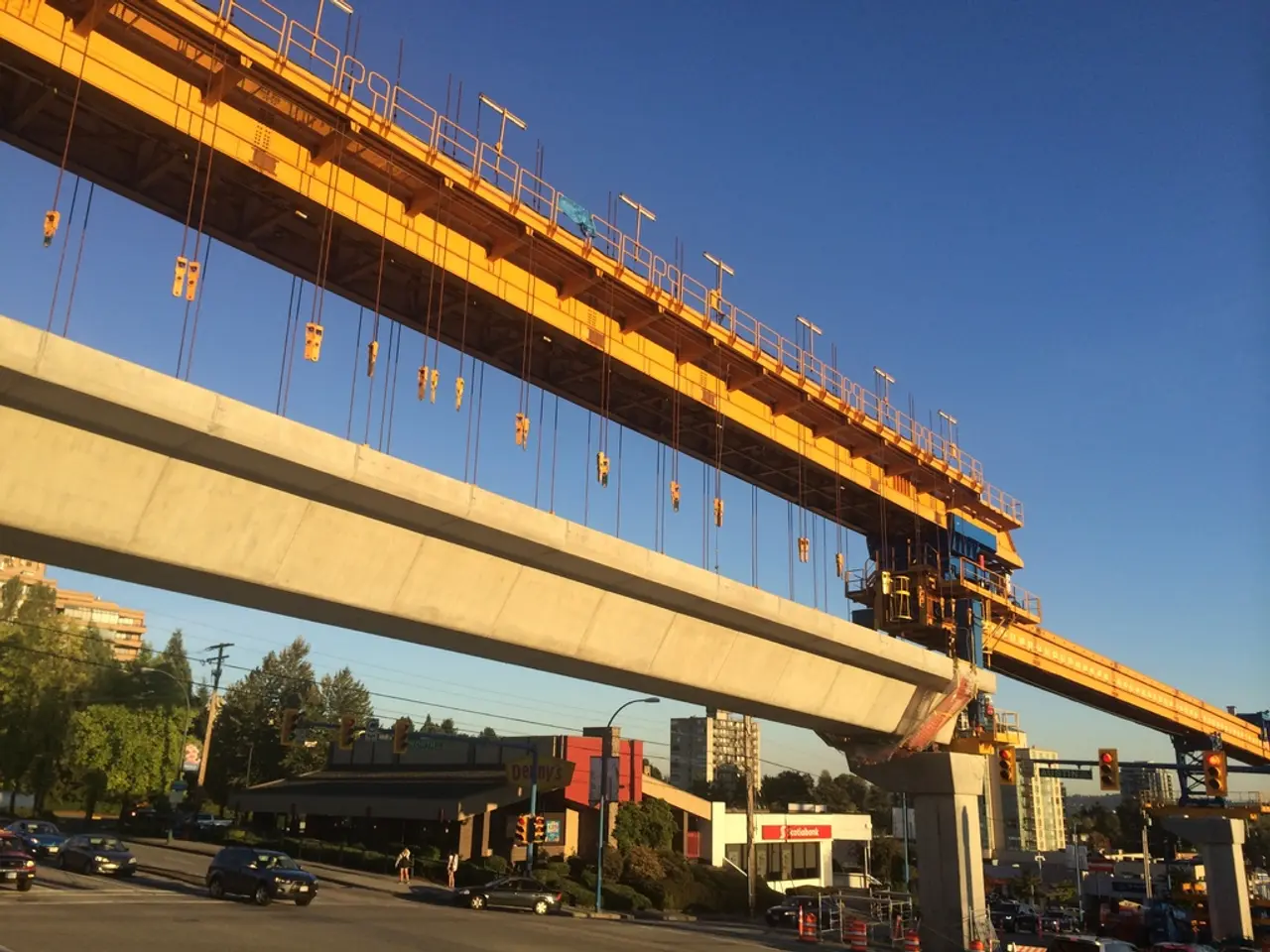Spotlight on Latest Trends in the Construction Industry for Amwins
The construction casualty market in 2025 is marked by a balance of stability in primary layers and tightening conditions in the excess space. Here are the key trends shaping the industry:
Stability in Primary Layers
Primary coverage continues to thrive, with consistent capacity and manageable pricing pressure. Competition remains robust, with multiple carrier partners often involved in marketing efforts. The commercial construction sector is a relative bright spot, boasting ample capacity and competitive pricing, especially for well-managed accounts. Project-specific general liability programs are also maintaining traction.
Tightening Conditions in Excess Space
Excess underwriters are seeking rate increases between 7% and 15%, with spikes above 20% for distressed risks. This tightening is partly driven by adverse loss histories and fleet exposures. Carriers are pulling back on limits, tightening per-project aggregates, and maintaining firm stances on exclusions. However, there is room for negotiation with creative program structures and risk mitigation strategies.
Regional and Class-Specific Trends
Outcomes are increasingly driven by local market conditions, class of business, and exposure mix. Carrier appetite varies widely by geography and project type. Built-to-rent communities in high-growth Sun Belt states are attracting insurer interest due to predictable exposures and scalable risk, offering portfolio-style underwriting opportunities.
Industry-Wide Challenges
Increased project costs and complexity, exacerbated by inflation and workforce challenges, are heightening risk assessments in liability insurance. Contractors are facing expanded cyber risks, necessitating broader cyber liability coverage.
The hospitality and real estate sectors are undergoing significant market dislocation, rate pressures, and rising underwriting scrutiny. Capacity management has become more disciplined among established carriers, with a shift towards reducing limits.
Market-wide Developments
The construction casualty market in mid-2025 is firm but fragmented. The industry is moving beyond "social inflation" to recognize a broader, more organized effort backed by third-party litigation funding. The market is seeing increased use of structured and fronted programs in response to the premium-to-limit imbalance many large accounts face.
Amwins' Group Benefits division has been strengthened through the acquisition of Nelligan, an independent general agency specializing in group ancillary benefits. Amwins has also rolled out its excess casualty sidecar program, offering follow-form excess liability on a quota-share basis.
Engaging 60 to 90 days in advance allows time to explore creative options, address any adverse loss developments, and begin messaging around potential challenges. Collaborating early and often with wholesale partners can help prevent last-minute surprises and keep clients informed about what to expect.
Auto liability is a significant focus for casualty insurers, particularly in litigious venues like Texas, Florida, California, New York, and Washington. Creative program structures like quota shares, bifurcated towers, and captive layers are being employed to help manage costs and ensure adequate coverage.
Markets are increasingly focused on aggregate deployment, capping per-project aggregates, limiting or removing excess of wrap coverage, and limiting aggregate reinstatements on projects. Litigation hotspots are shifting, with smaller venues like Cook County, IL drawing concern due to escalating verdicts and litigation trends.
Negotiation is possible when creative program structures, alternative markets, and clear risk mitigation strategies are presented. Amwins has released its State of the Market report, providing the latest market intelligence spanning rate, capacity, and coverage trends across numerous lines of business and industries.
Telematics is the most widely adopted technology tool in fleet management, supporting safer driving behaviors and loss reduction. Fleet exposure, especially in markets like Texas, Georgia, and California, remains a major concern.
[1] Amwins 2025 Construction Casualty Market Report [2] Amwins 2025 Construction Casualty Market Report [3] Amwins 2025 Construction Casualty Market Report
- In the face of tightening conditions in excess space, underwriters are seeking rate increases, especially for distressed risks, as they try to mitigate adverse loss histories and fleet exposures, with some spikes above 20%.2.Reinsurance companies are looking beyond traditional markets and are increasingly interested in built-to-rent communities in high-growth Sun Belt states, recognizing the predictable exposures and scalable risk they offer for portfolio-style underwriting.3.Specialty insurance markets are becoming more focused on compliance and risk management, particularly in the hospitality and real estate sectors, which are undergoing significant market dislocation, rate pressures, and rising underwriting scrutiny.4.Innovation in the construction casualty market is evident through the increased use of telematics in fleet management, supporting safer driving behaviors and loss reduction, especially in markets like Texas, Georgia, and California, where fleet exposure remains a major concern.








